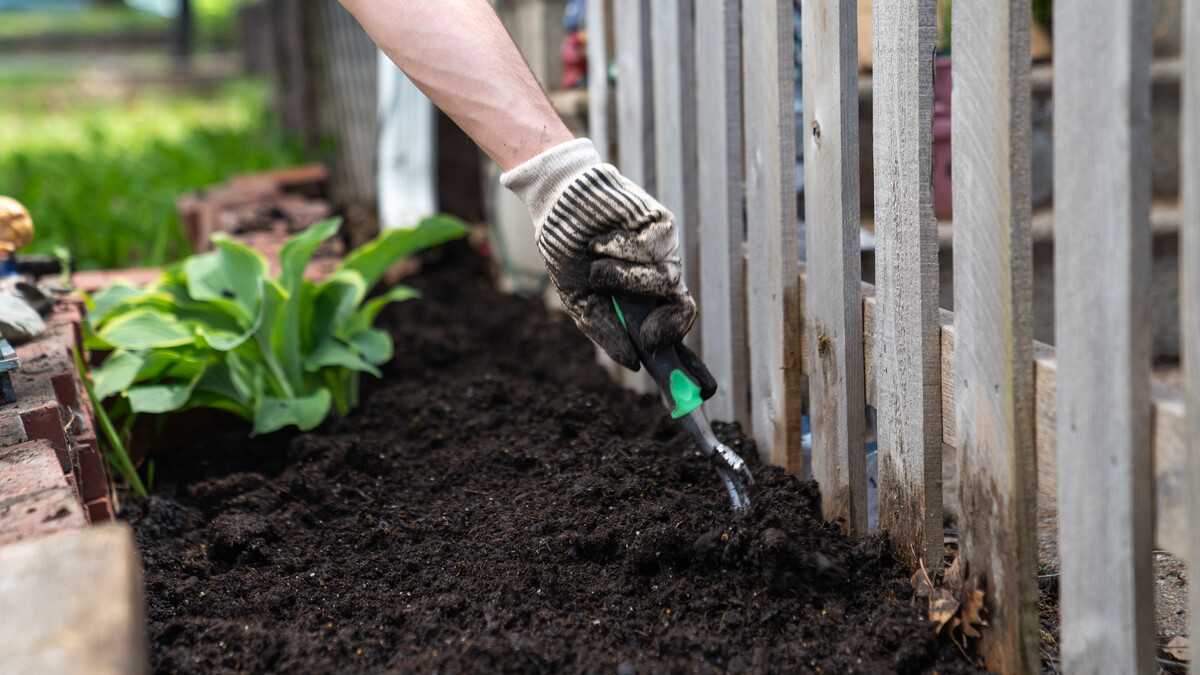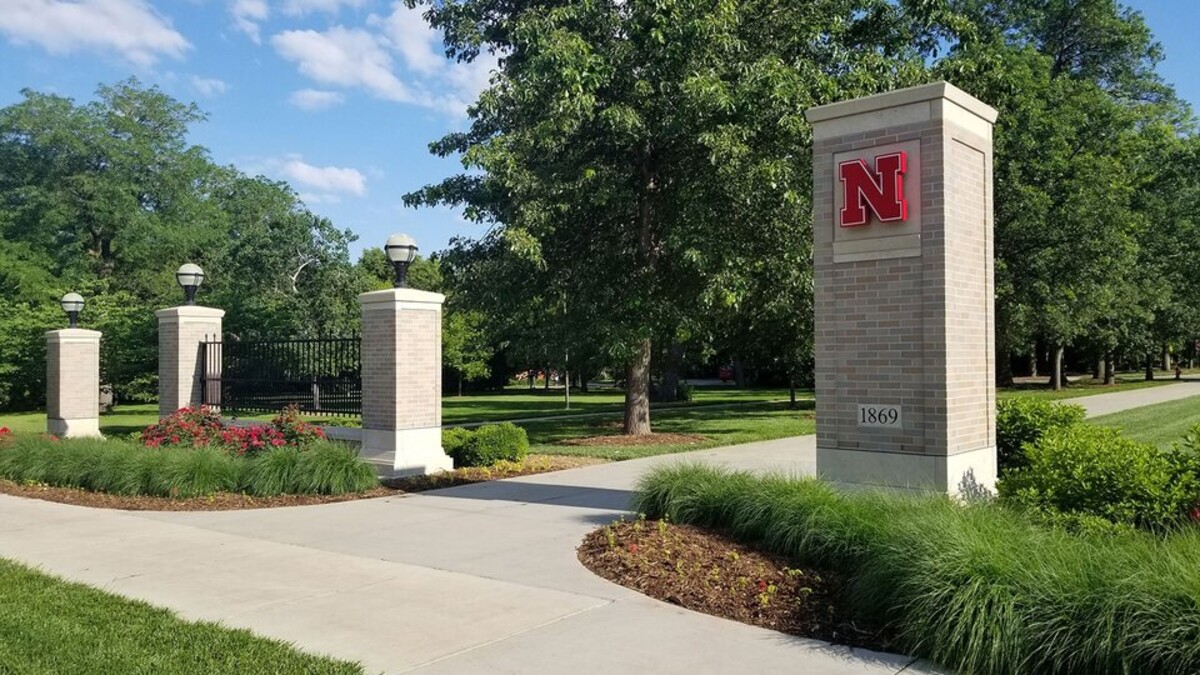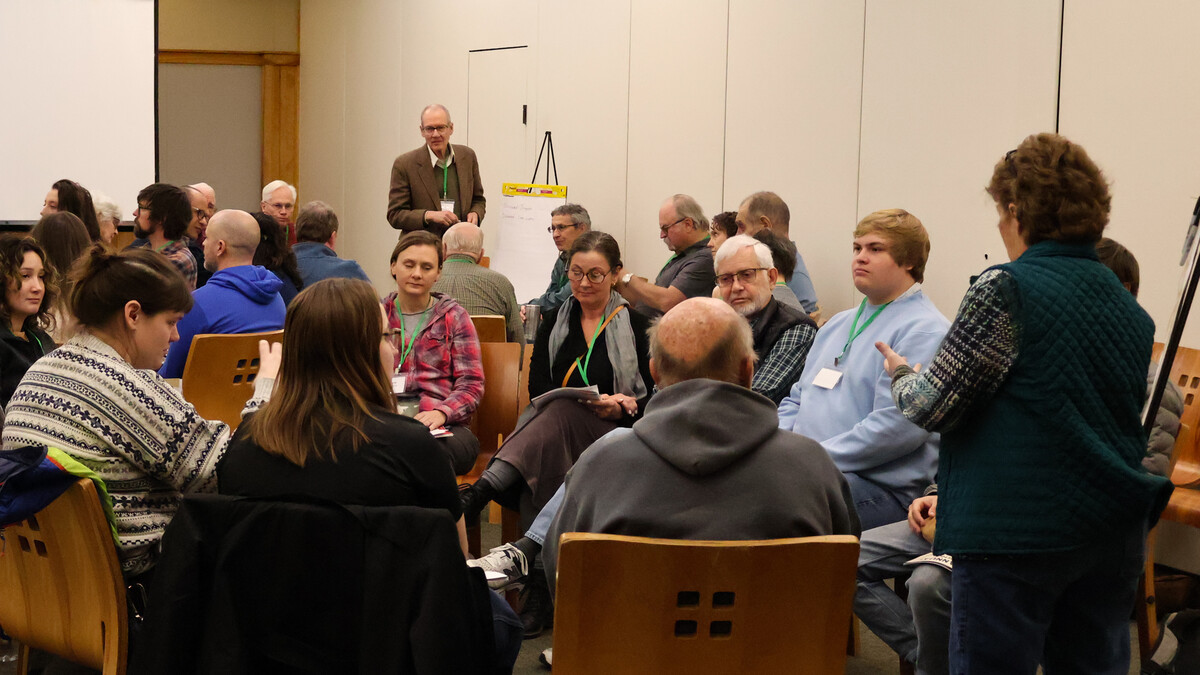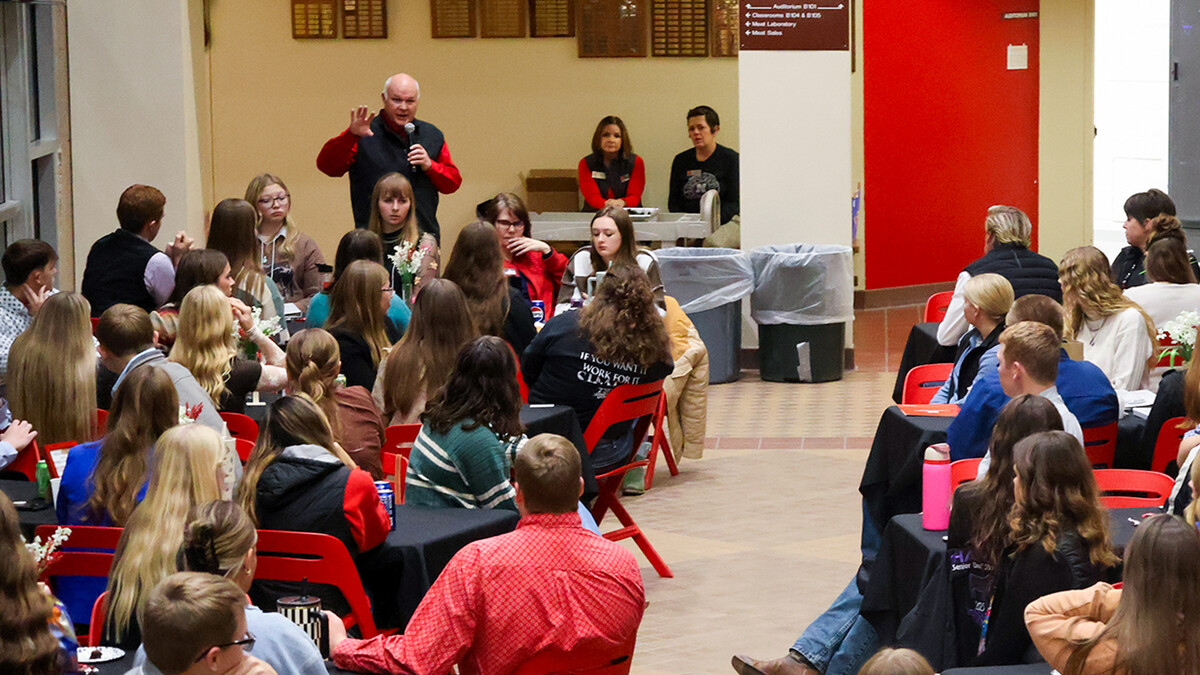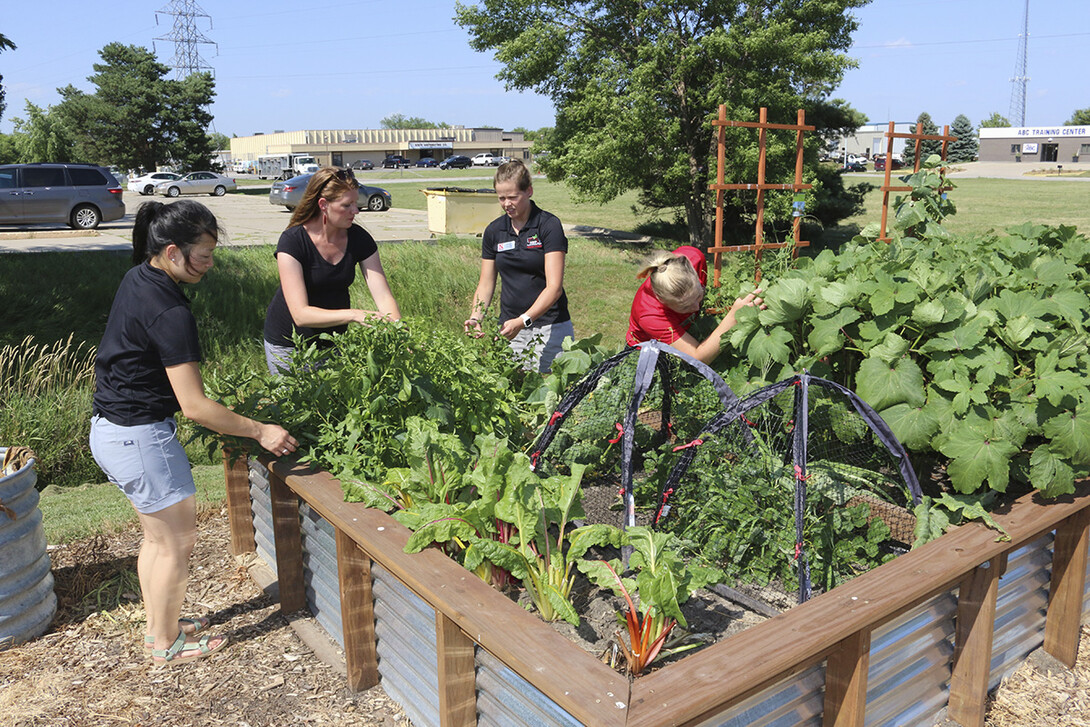
Lincoln, Neb. —Tomatoes, cucumbers, peppers, carrots, and green beans – these vegetables are family favorites, and somehow they taste better when they come from your own garden. They are delicious and nutritious either straight out of the garden or picked and preserved for later.
Rising food costs have prompted more people to start home gardens with plans to preserve abundant harvests. Careful planning in the spring will help in preparing to preserve food in the fall.
Plan early to decide how the harvest will be preserved - freezing, dehydrating, or canning. The preservation method may depend on family preferences, time available, and equipment required, such as freezer space, a dehydrator, boiling water canner, or pressure canner.
Some items, such as canning lids, have been in short supply in recent years, so look for them early.
Here are tips and recommendations for each of these three ways to preserve produce:
Freezing: There are various methods for preparing foods for freezing, depending on the produce. Some items can be quickly frozen raw, while others require blanching first. All produce should be washed under running water. Suitable freezer containers include plastic freezer bags, freezer paper, freezer aluminum foil, or plastic containers with the snowflake symbol.
Drying: Drying preserves foods by removing enough moisture to prevent spoilage. Dehydrators are convenient and easy to use. If a dehydrator is not available, a gas or electric oven may be used to dry produce. But keep the temperature low, watch it carefully, and leave the oven door propped open to allow moisture to escape. Select drying trays that allow good air circulation without causing a reaction with the food. Dried foods take up less space for storage. Some can be eaten dry, including many fruits - others must be rehydrated before use.
Canning: There are two canning methods. Boiling-water canners are only used for high-acid foods- such as fruits, pickles, jams, and jellies. Pressure canners are used for low-acid foods. Check canning supplies every year before canning season starts. Many local Nebraska Extension offices have equipment to test dial gauges on pressure canners. Replace the gauge if it is off by more than 2 pounds at the desired cooking pressure. A weighted gauge does not need to be tested for accuracy. Check the gasket and replace if it is stiff or stretched. The rubber safety valve should be replaced when the gasket is replaced.
Pick vegetables at peak flavor and preserve them soon after harvest. With sufficient planning early in the year, equipment will be ready for processing extra produce that can be enjoyed throughout the year.
For more information on safe food preservation visit food.unl.edu/food-preservation

